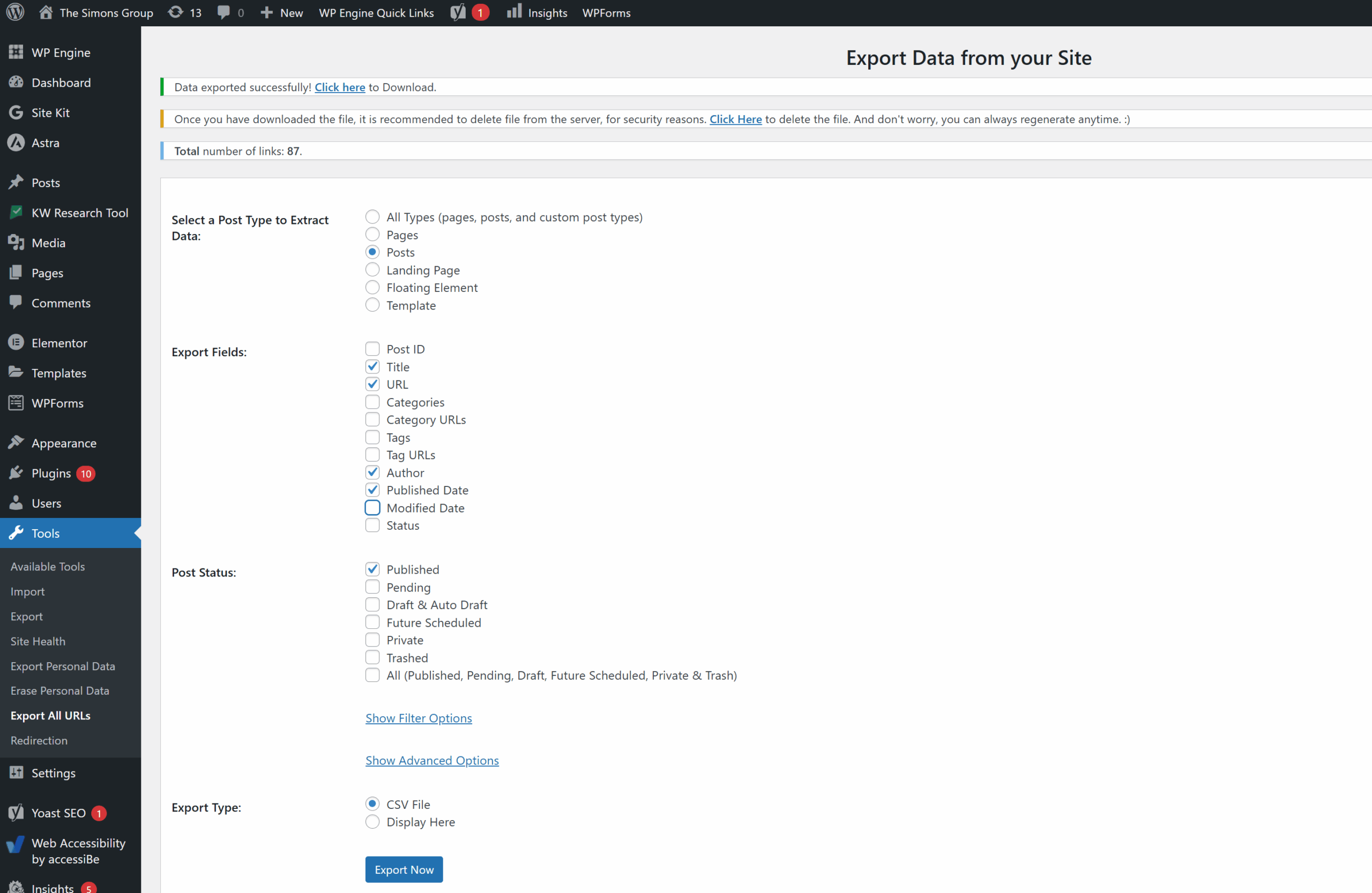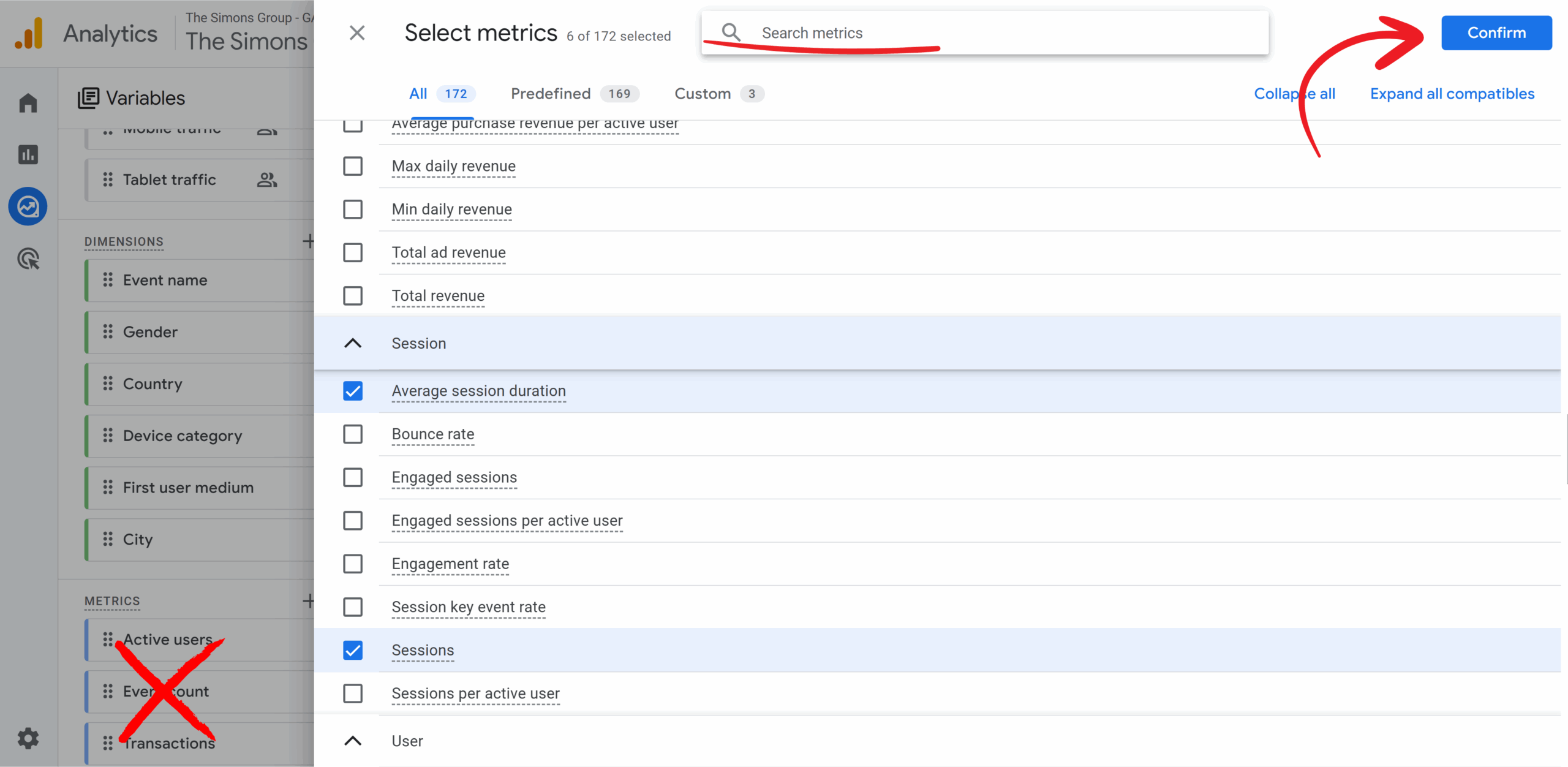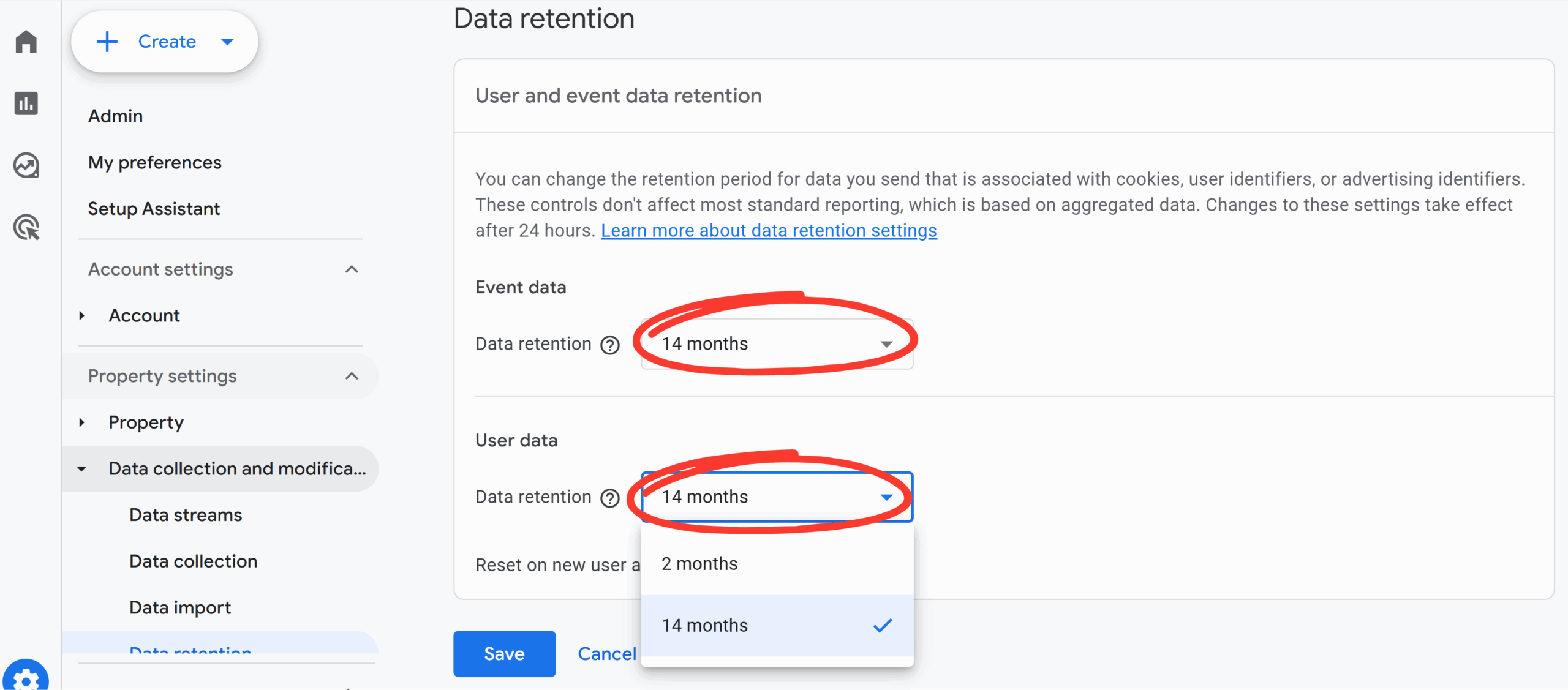As we enter the final quarter of the year, the pressure to churn out new content can feel overwhelming. However, rather than starting from scratch, a content audit can reveal hidden opportunities in the material you’ve already published.
If you’ve been consistently publishing content for six months to a year, you should start to see patterns in what your audience responds to – and what they don’t. Therefore, you can now turn that data into actionable insights.
This approach doesn’t mean adding more to your plate. Instead, it’s about being strategic with what you already have. Here’s a simple, four-part process for making your existing content the engine of your next quarter’s success.
Part 1: Refine what's already in play.
Before creating new content, you need to understand what’s already working. That’s where your content audit begins. By reviewing the last six to 12 months of publishing, you’ll get a clear view of which posts, articles, videos or podcasts are connecting – and which ones aren’t. Additionally, I’m sharing nonmanual tips on gathering this information based on a WordPress website. Importantly, this doesn’t require expensive tools. For this reason, all examples here use free tools.
Step 1: Conduct a content audit.
To start, create a simple spreadsheet to capture key details:
- Titles, URLs and publication dates: Keep track of all content and note when it went live:
- Use a WordPress export plug-in like Export All URLs to get an initial list of your content.
- Filter the export to include only post content types.
- Make sure the export includes columns for post_title, post_permalink (URL) and post date.
- This creates a base CSV file for your content audit spreadsheet, automatically filling in the first three columns.

- Core topic/keyword: Record the focus area.
- Key performance indicators: Gather data to evaluate success. You can run this report in Google Analytics 4 (GA4) using the Explorations feature.
Use GA4 for your data
1. Navigate to “Explore” in your GA4 property.
2. Create a New Exploration: You can choose a “Free form” template or start with a blank report. In any case, the “Free form” template is a good starting point as it provides a customizable table.

3. The interface has a “Variables” column on the left. This is where you add the data you want to use in your report.

4. Under Dimensions, add Page path + query string (this is GA4’s version of a URL) and select “Confirm.” Remember to remove any pre-populated Dimensions. Keep in mind that it shows separate rows for the same page if it has tracking parameters.

5. Under Metrics, remove any pre-populated Dimensions and add:
- Sessions
- Views
- Average engagement time
- Conversions

6. Drag your Dimensions into Rows and your Metrics into Values.

7. Adjust your date range and view the results.
Note: If your Exploration only covers two months of data, it means your property’s “Data retention” setting is at the default. An Admin can extend this to 14 months, but note the change applies only to new data going forward. Similarly, standard GA4 reports (like Traffic Acquisition) aren’t affected by this setting.

Once you have the report, export the results to Google Sheets or CSV and bring them into your content audit spreadsheet.
- Search rankings: Use an SEO tool like Ahrefs or SEMrush, or Google Search Console. Export a “Top Pages” or “Performance” report, which links URLs to the keywords they rank for. Add this to your spreadsheet and line it up with your URLs.
At this stage, you’ll have two datasets – your WordPress export and your GA4/search engine optimization data. Consequently, you can use formulas like VLOOKUP, INDEX/MATCH or Power Query to combine them.
Step 2: Analyze your metrics.
Once you’ve captured the basics, look beyond the raw numbers. Instead, focus on the story the data tells:
- Traffic: How many people are visiting?
- Engagement: Look at comments, shares, likes, saves, and average engagement time. For example, a post that has modest traffic but high engagement can be a hidden gem.
- Conversions: Did the content drive sign-ups, downloads, purchases or calls? Although conversions show direct business value, don’t overlook content that builds awareness or supports earlier stages of the buyer journey.
- Search rankings: Which keywords are driving visibility?
Step 3: Categorize your content.
Finally, label content to understand its role. This part is the most hands-on.
Add new columns in your spreadsheet:
- High-performer: Strong across multiple metrics
- Underperformer: Low traffic or engagement
- Hidden gem: Low traffic but strong engagement signals – like time on page or shares – showing potential if it gets more visibility
As a final step, use conditional formatting to highlight these categories. As a result, it becomes easier to spot patterns at a glance.
Part 2: Repeat proven winners with amplification.
High-performing content deserves an extended shelf life. Your content audit shows you which pieces to give another push.
Step 1: Share it again.
Good content isn’t one-and-done. Therefore, create a schedule to reshare top pieces:
- On social media: Post fresh snippets, quotes or visuals.
- In email newsletters: Highlight evergreen content.
- Through internal linking: Point new posts back to your top performers.
Step 2: Deepen the topic.
When a topic performs well, give the audience more:
- Write a follow-up piece with added details.
- Explore a related angle.
- Bundle multiple posts into a guide, an e-book or a resource page.
Step 3: Build core assets.
Your strongest content can also become lead magnets, tool kits or minicourses. These assets continue to drive engagement and conversions long after they’re published.
Part 3: Revamp underperformers with fresh angles.
Just because a piece of content didn’t perform well doesn’t mean it’s a lost cause. In fact, a content audit helps you spot what to refresh.
Step 1: Diagnose the issue.
To begin, ask why the content missed the mark:
- Was the headline weak?
- Is the content outdated?
- Did the format fit the topic? For example, a how-to guide might work better as a video.
- Was the audience’s problem clearly addressed?
Step 2: Make targeted revisions.
Next, strategically improve underperformers:
- Rewrite headlines and test multiple options.
- Update data, embed videos or add fresh insights.
- Repurpose into a different format – a blog, guide, video, case study or podcast.
Revamping content extends the life of your library and boosts its relevance.
Part 4: Create your quarterly content plan.
With insights from your content audit, you can build a practical plan for the next quarter.
Step 1: Map out your calendar.
Break the quarter into weeks or months. Use themes like product launches or seasonal campaigns. A simple spreadsheet or project management tool works well.
Step 2: Schedule top performers.
Next, pick your five to 10 high-performing pieces and plan amplification across channels. In addition, pre-create supporting assets like social posts or email snippets that point to these winners.
Step 3: Publish revamped underperformers.
Then, choose underperformers to refresh, update and re-release. Promote them as “updated” so readers see their ongoing value.
Step 4: Add new content strategically.
Finally, reserve slots for:
- Expanding on proven winners
- Filling gaps revealed during your content audit
This way, every new piece has purpose and supports your overall strategy.
The payoff of quarterly content audits
A quarterly content audit helps you identify winning content, revive hidden gems and plan strategically. Instead of chasing the next big idea, you make the most of what you already have. Done consistently, this builds momentum and improves your content library every quarter.

